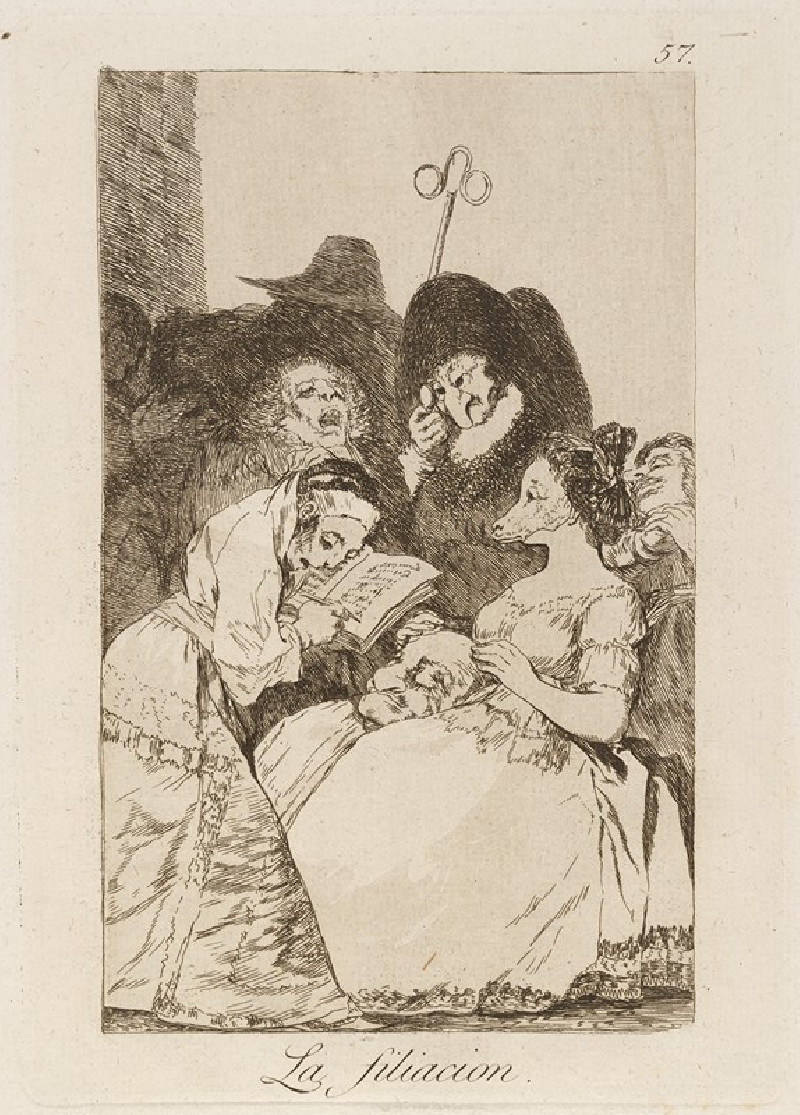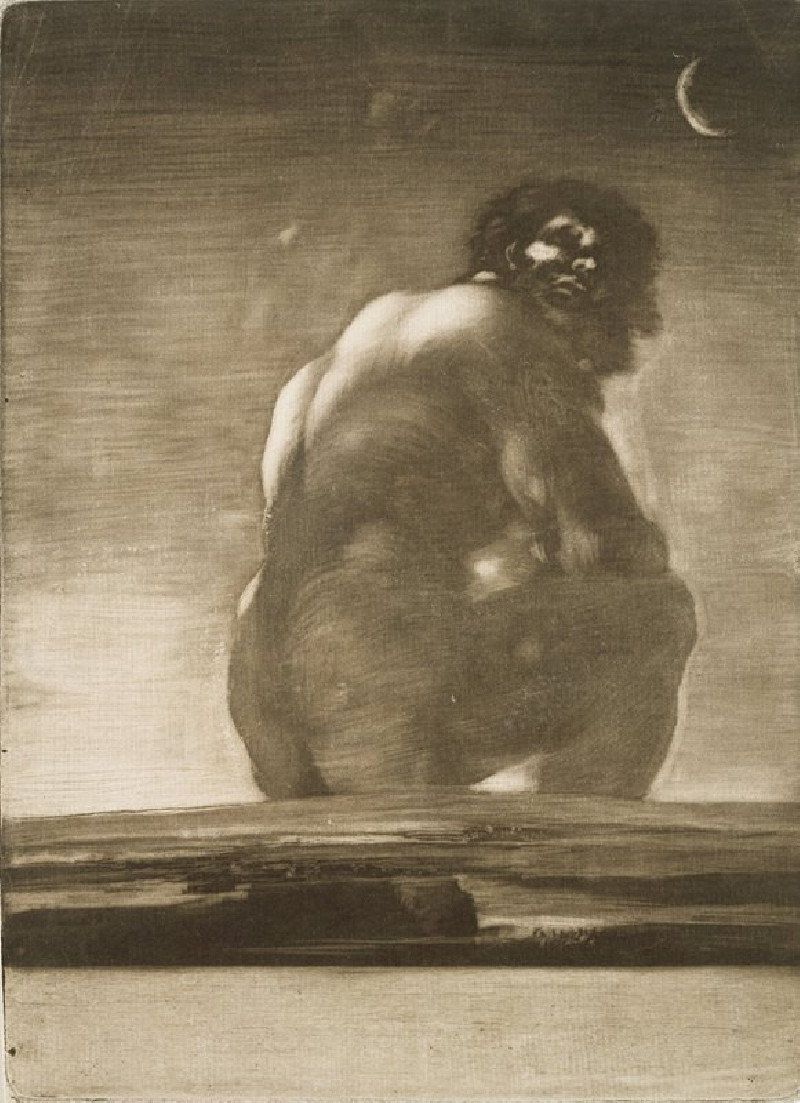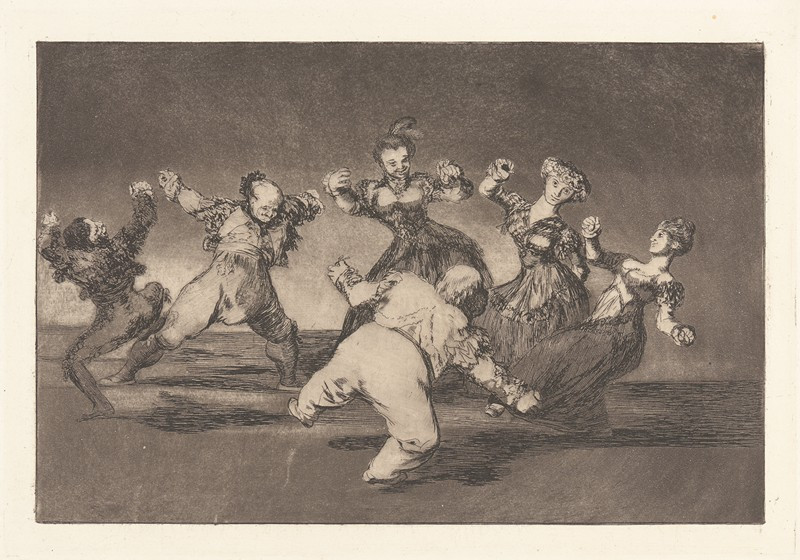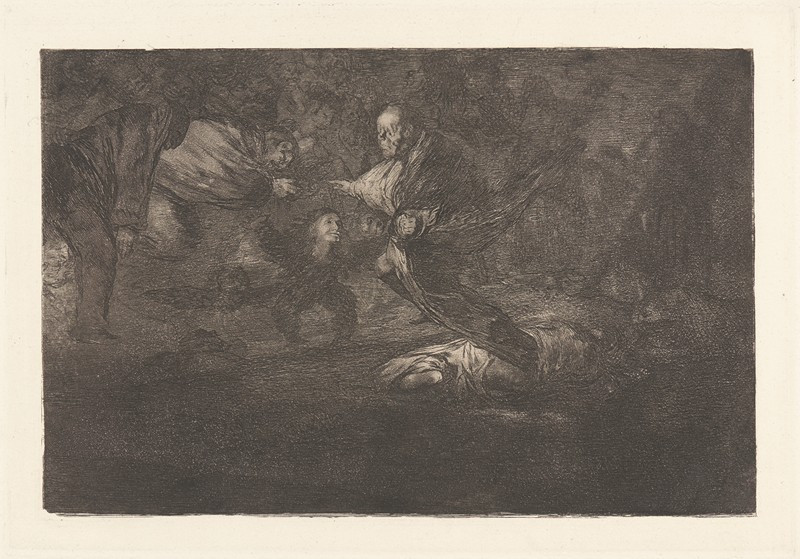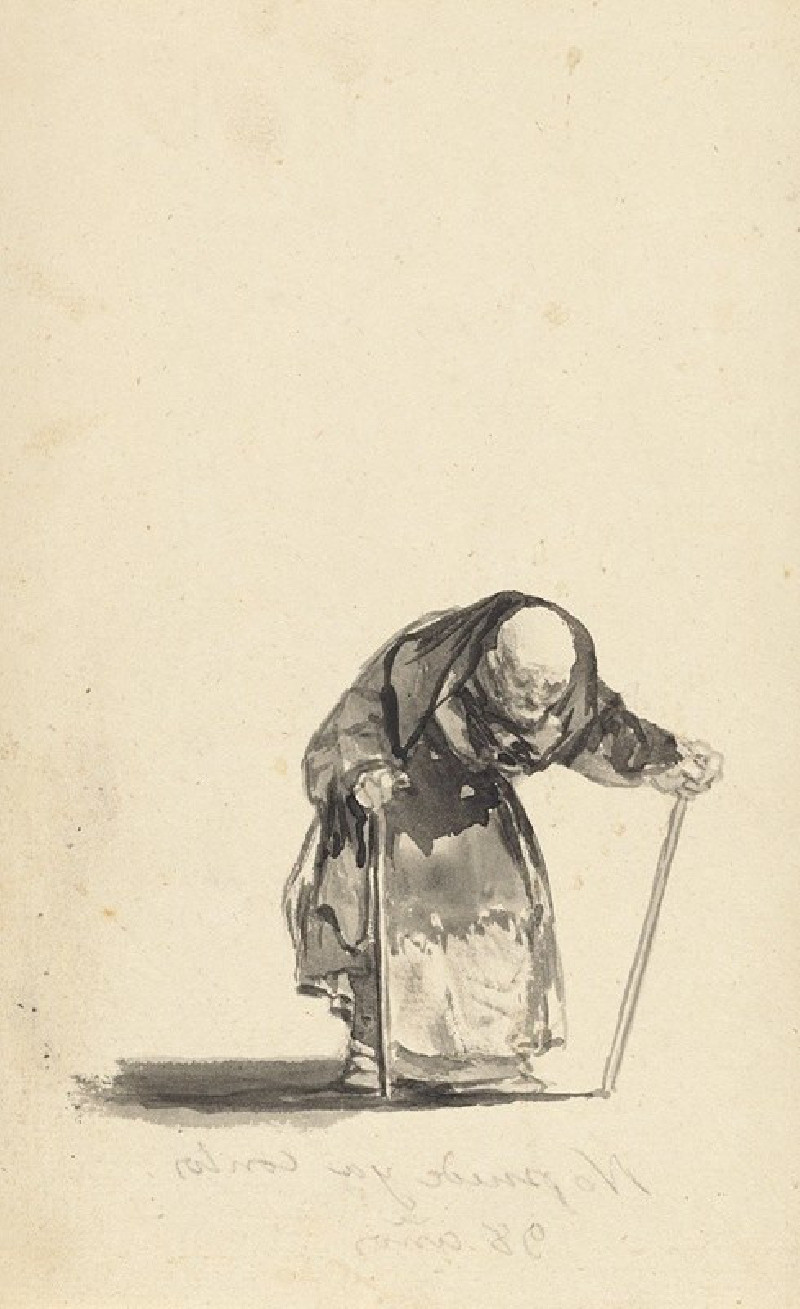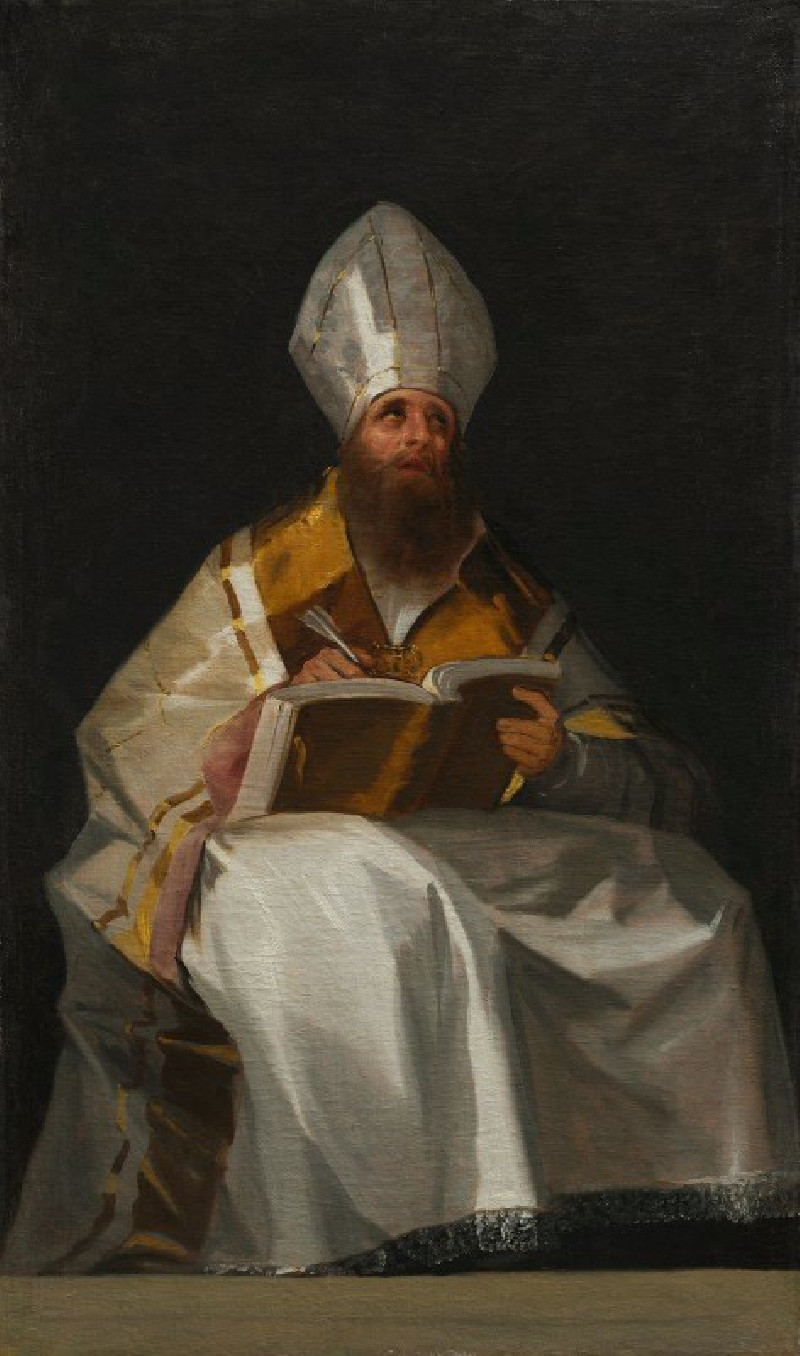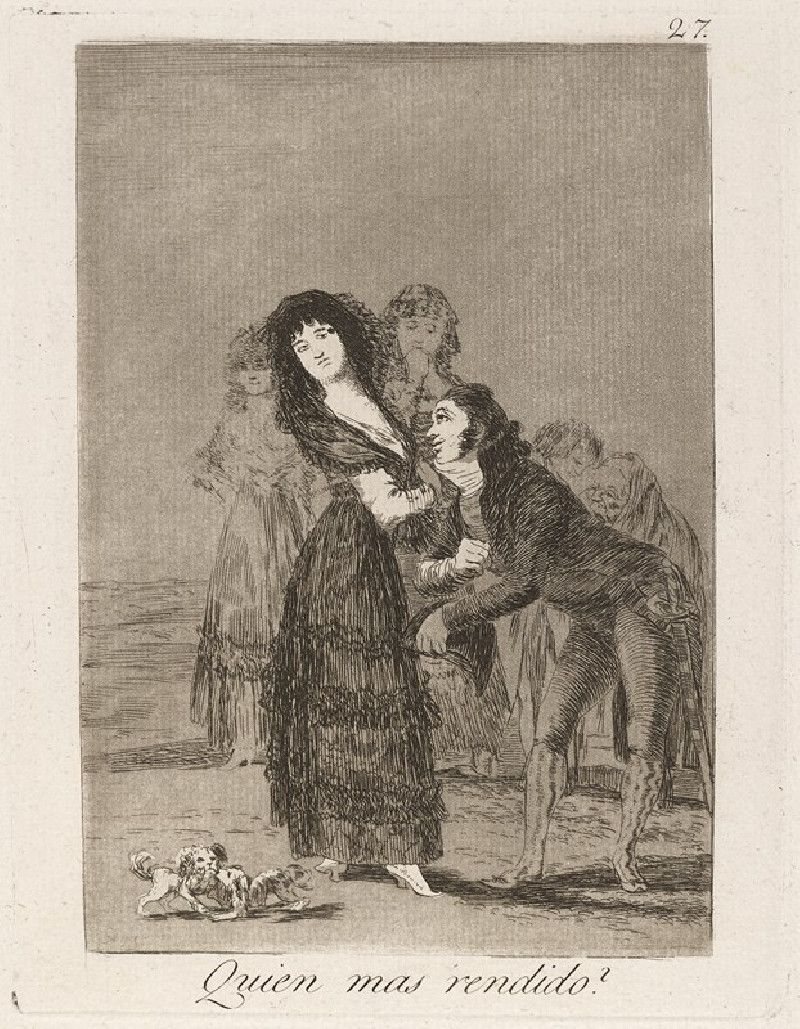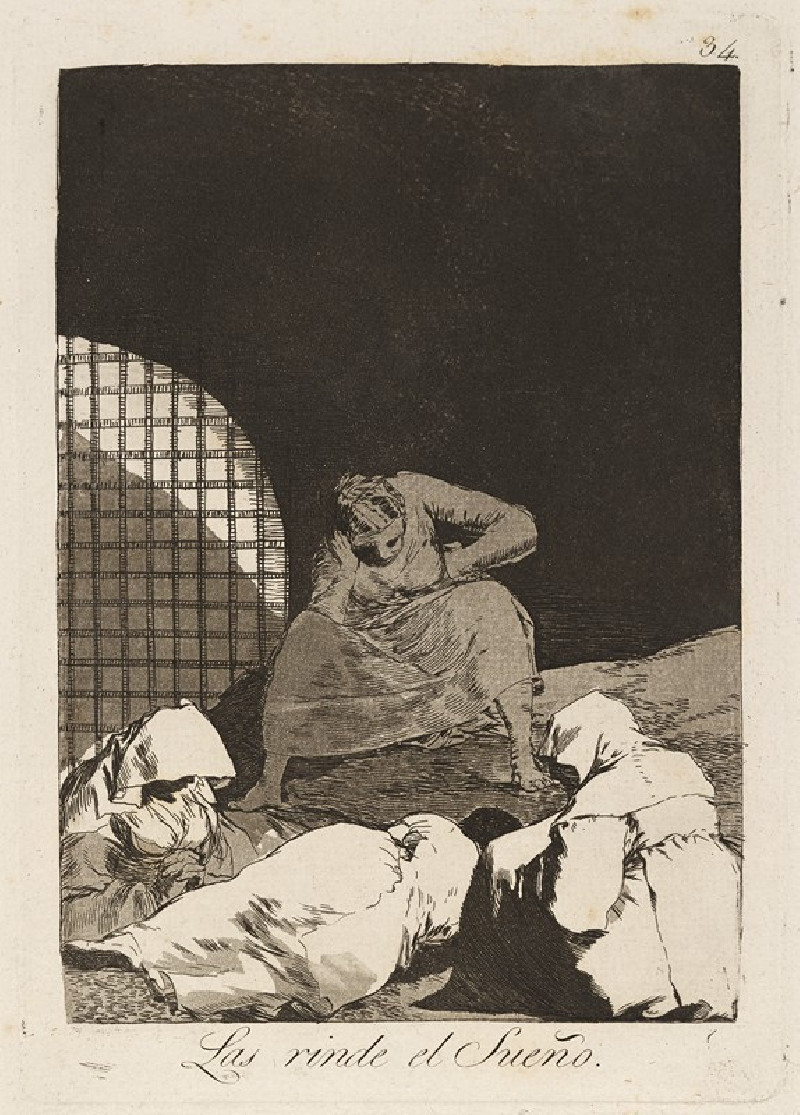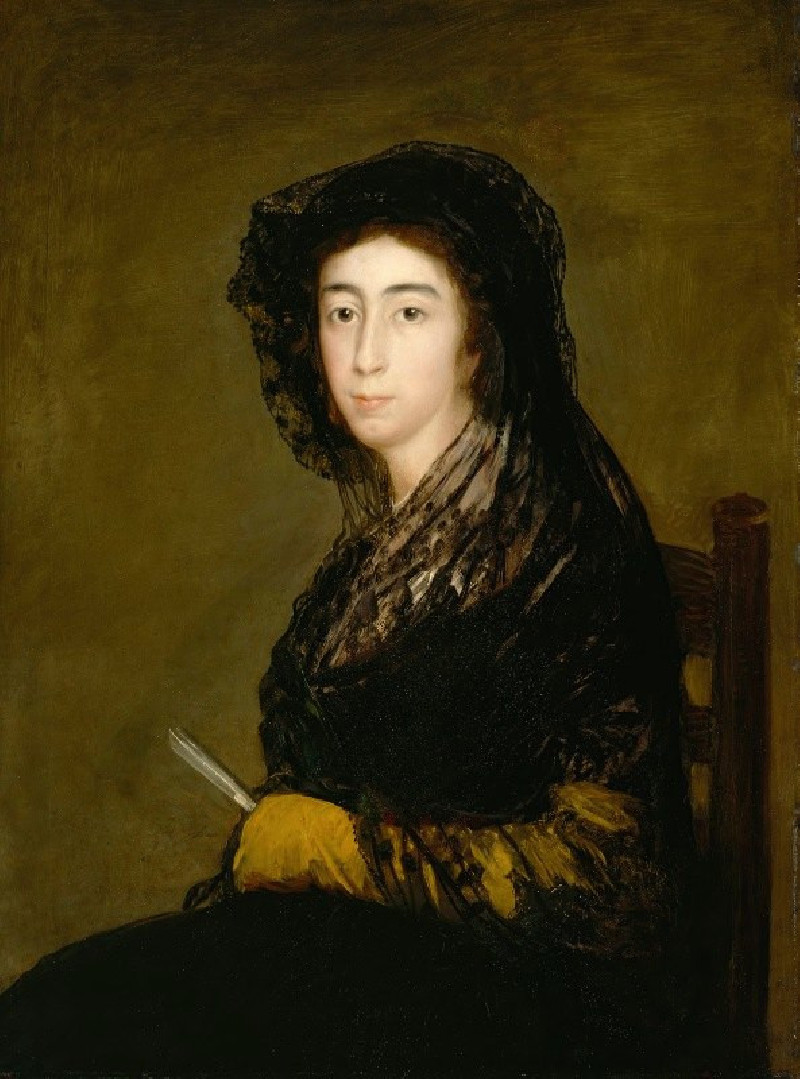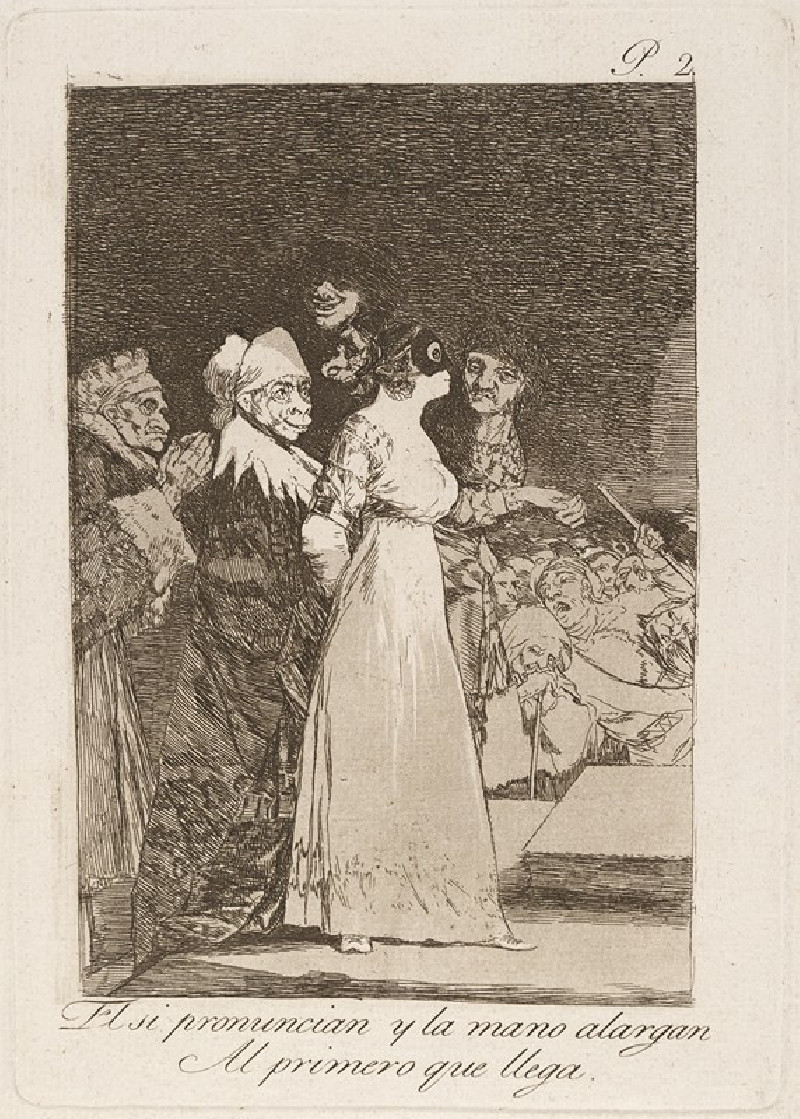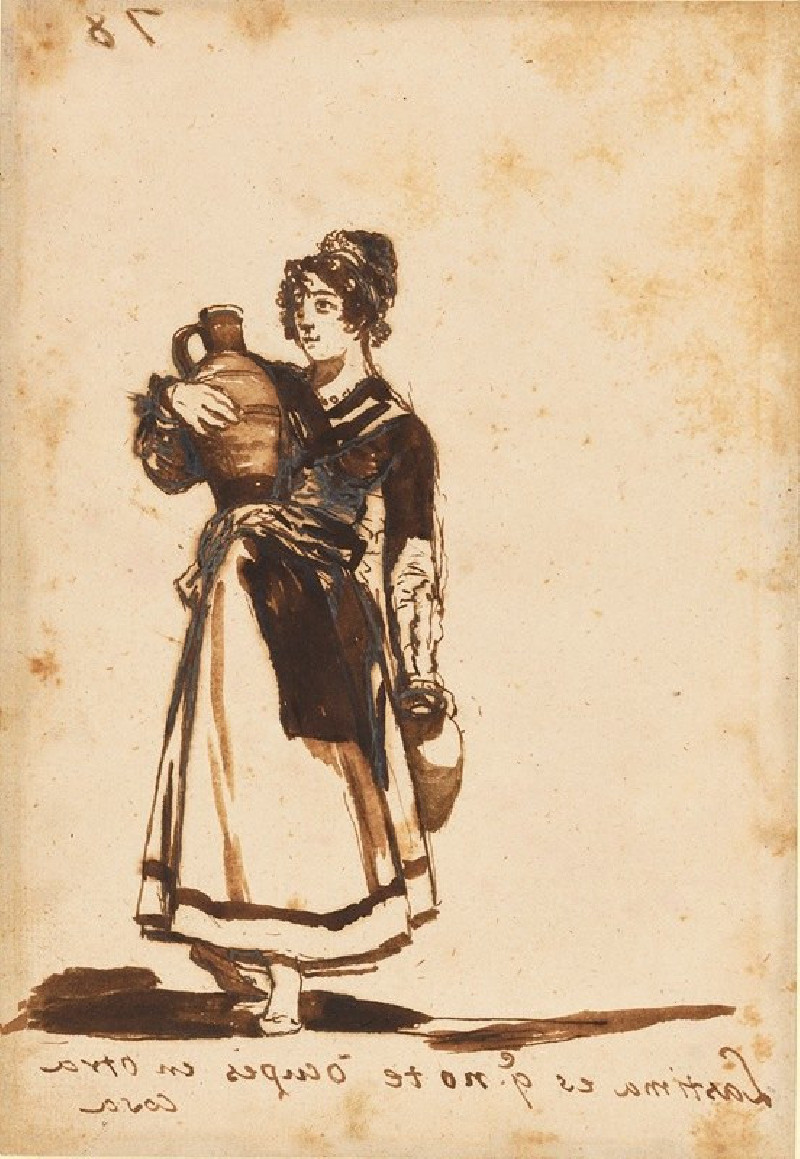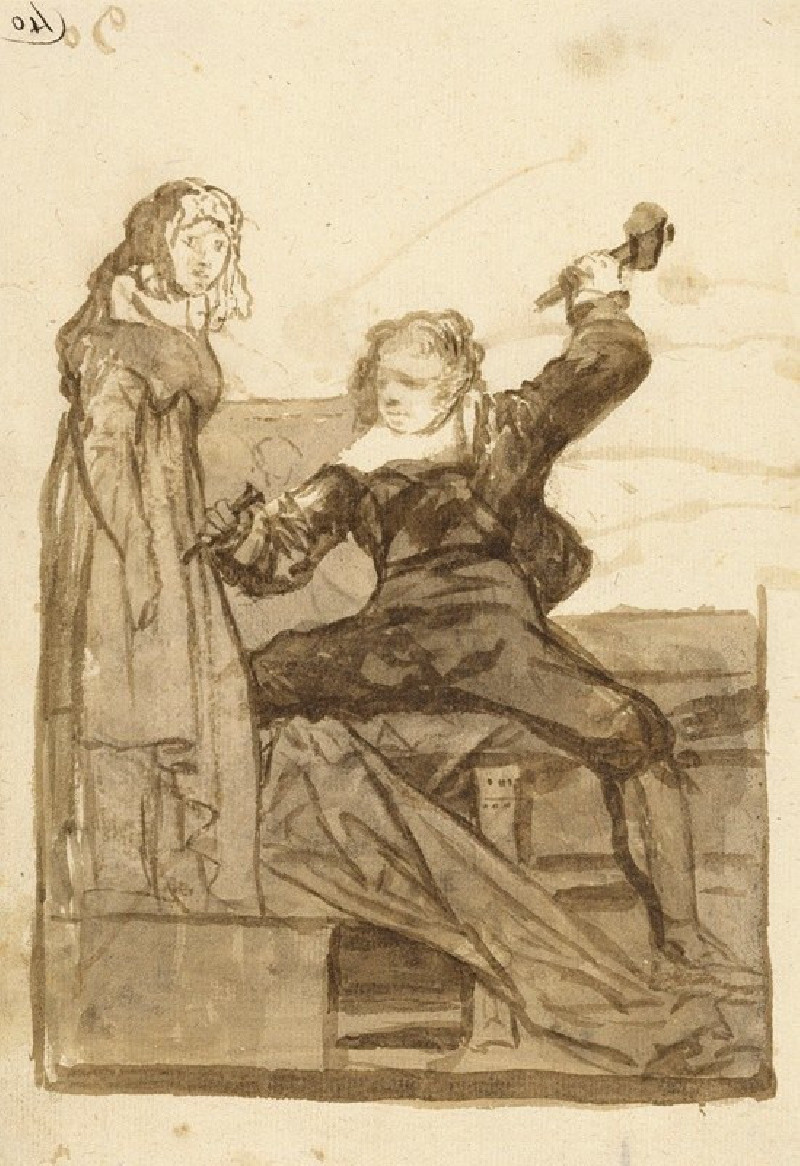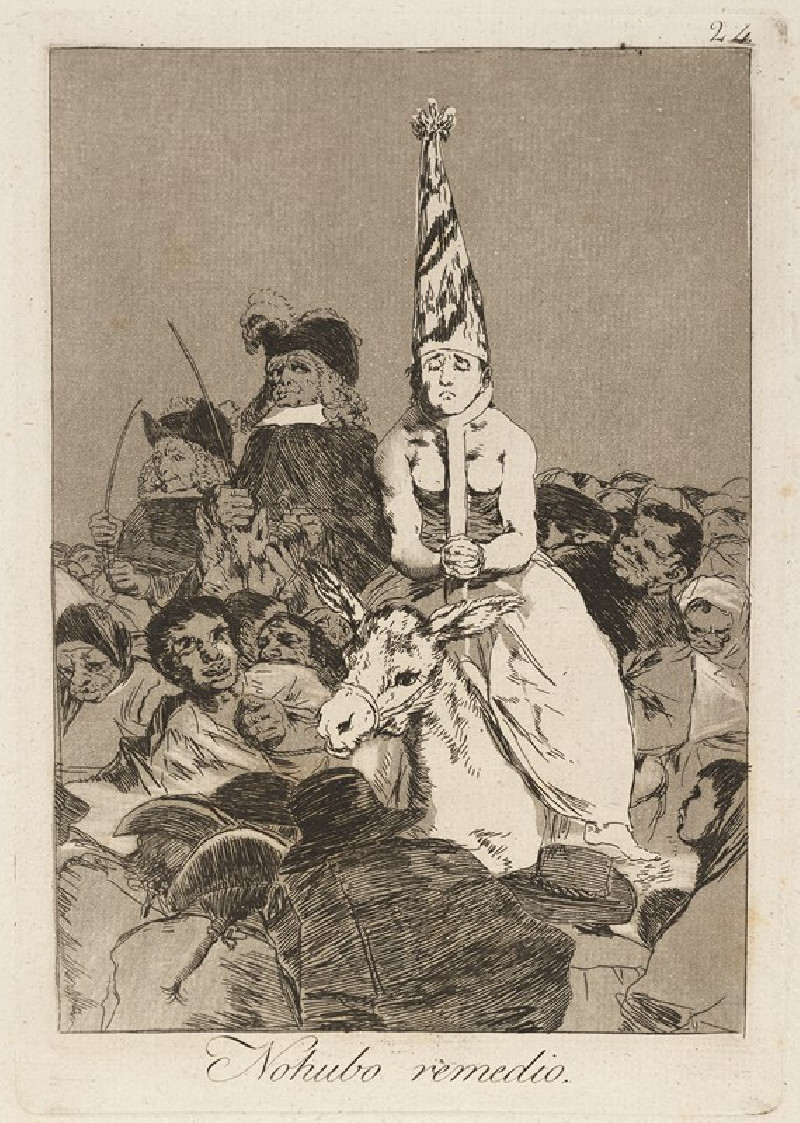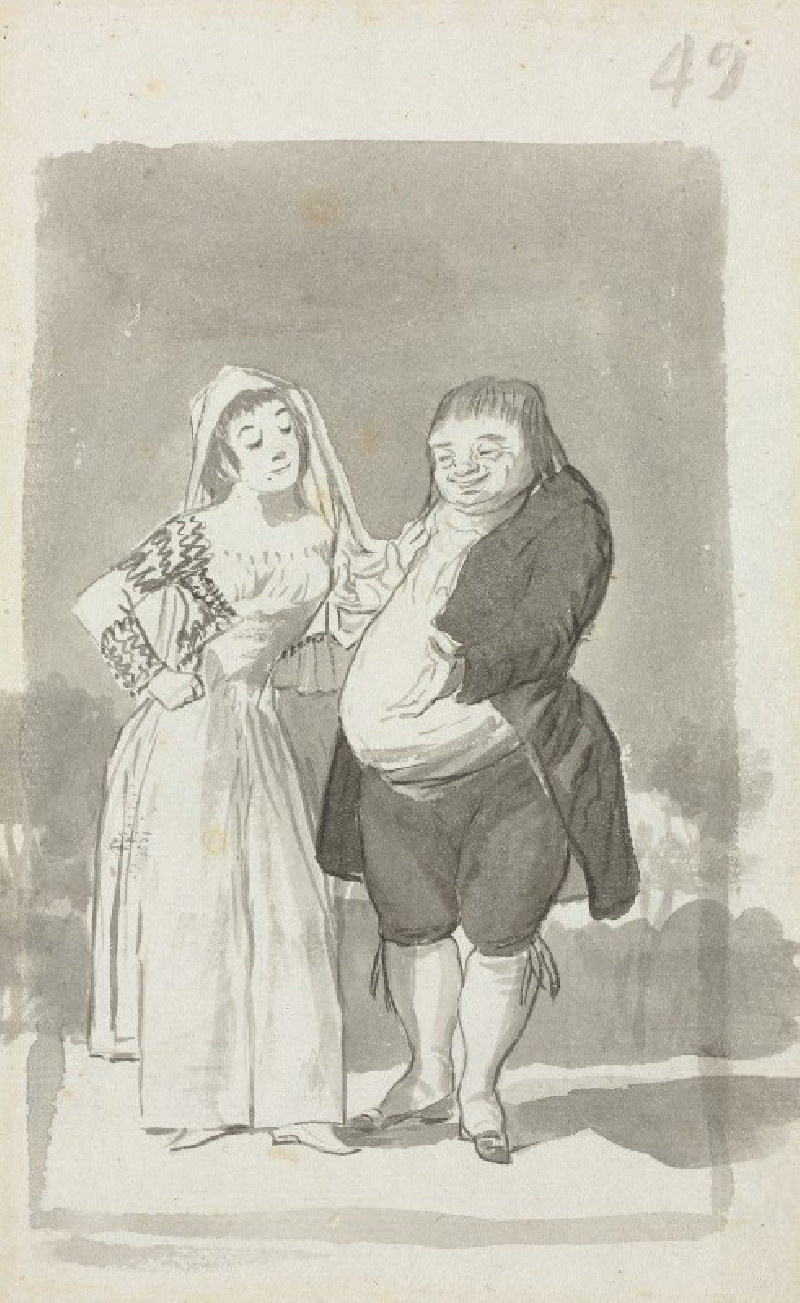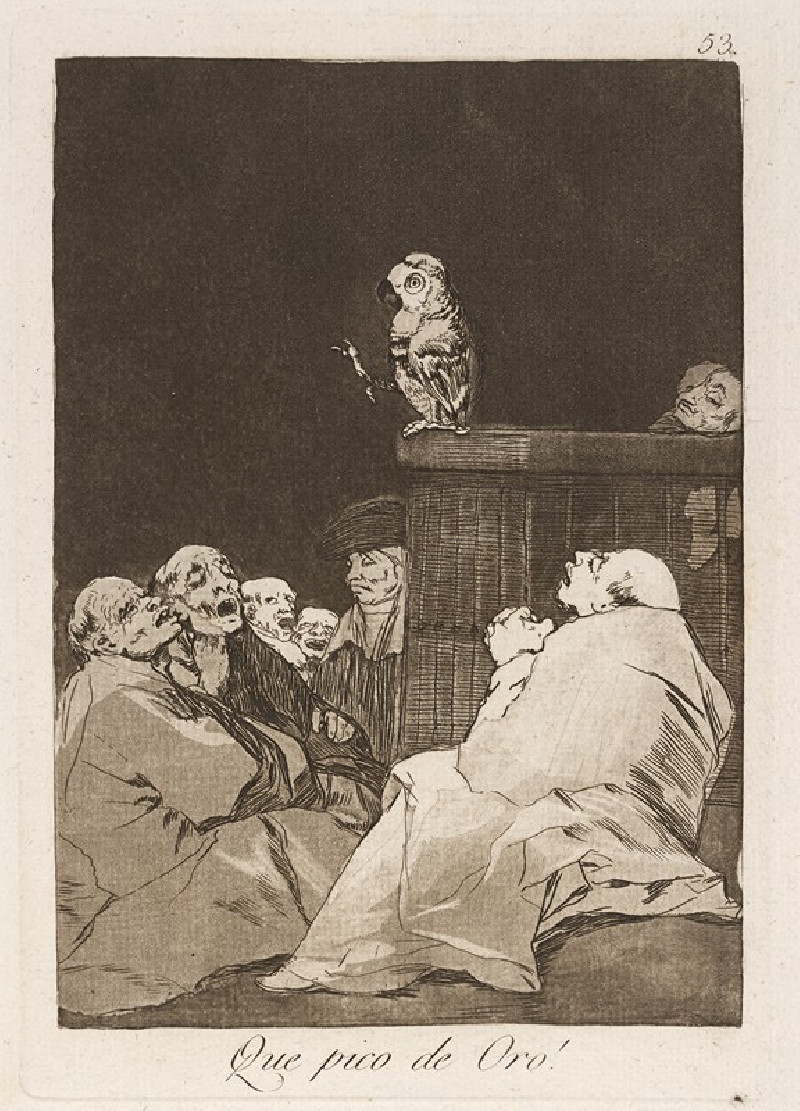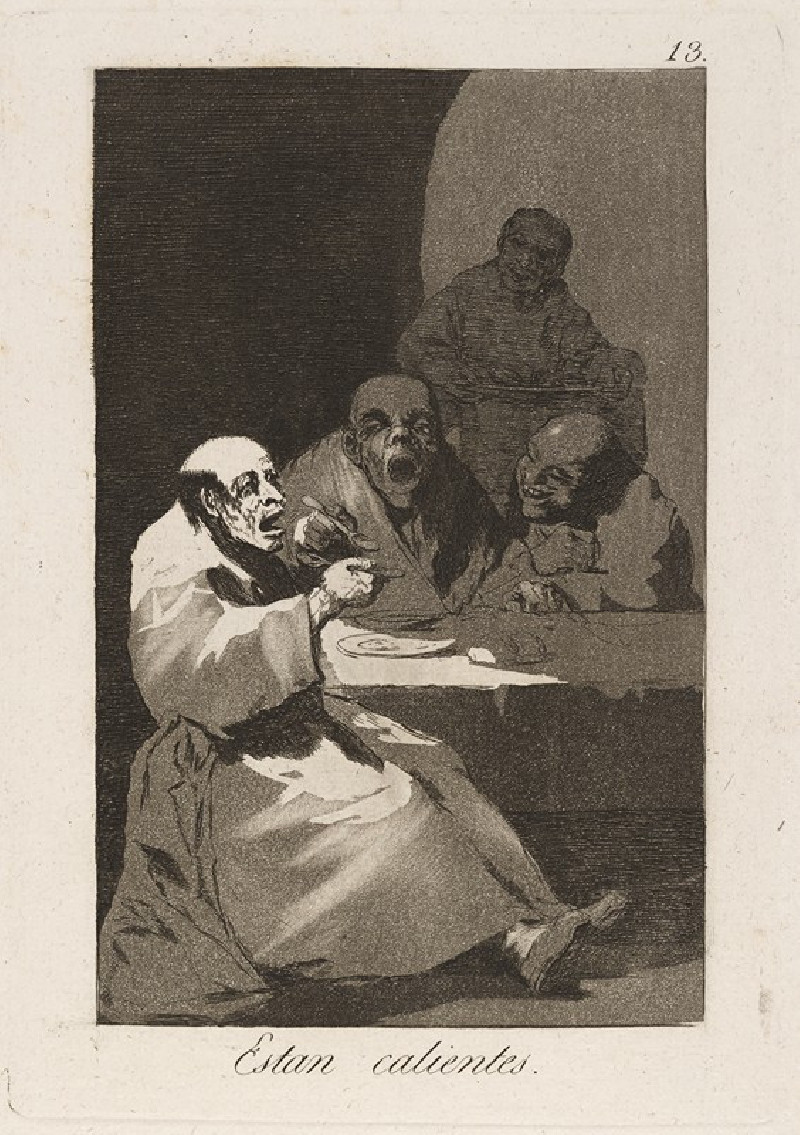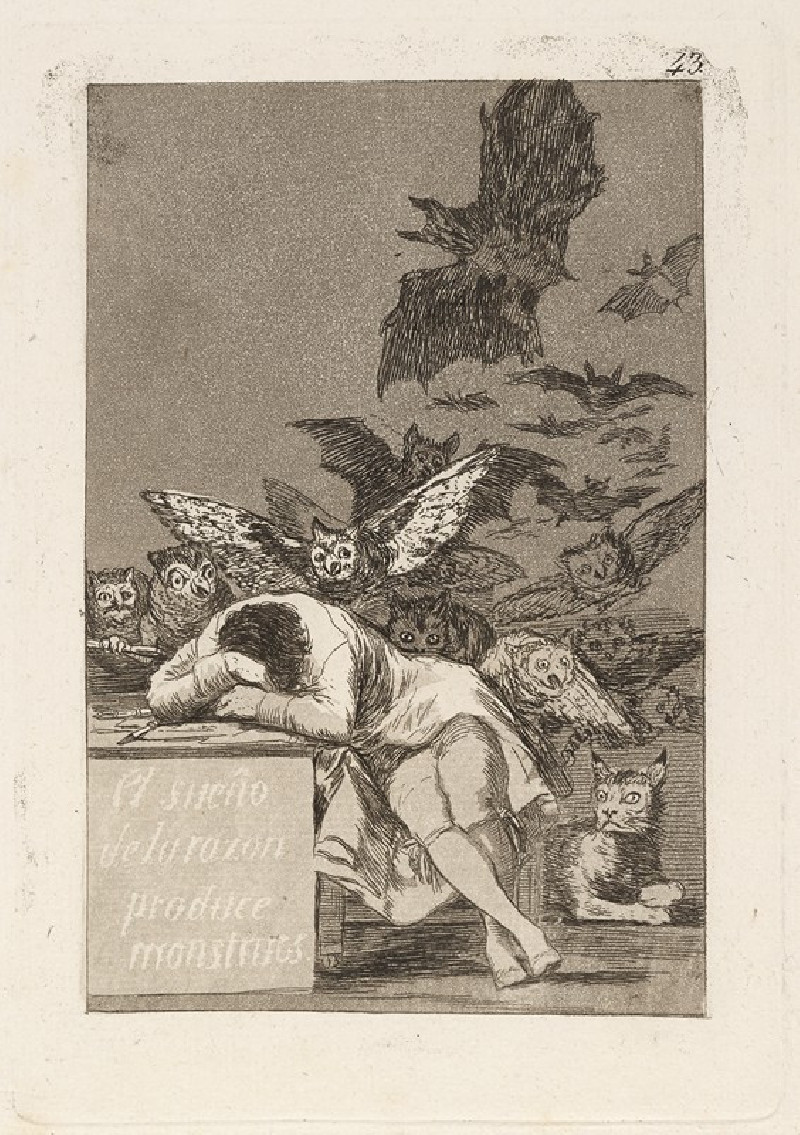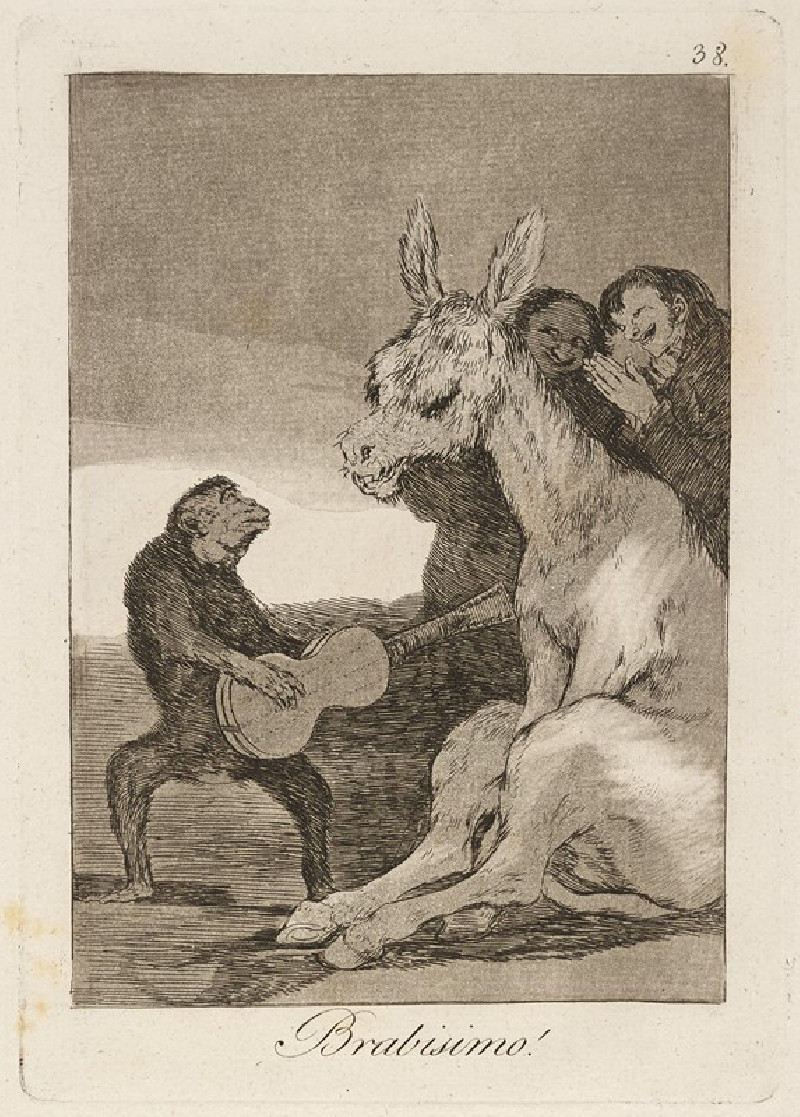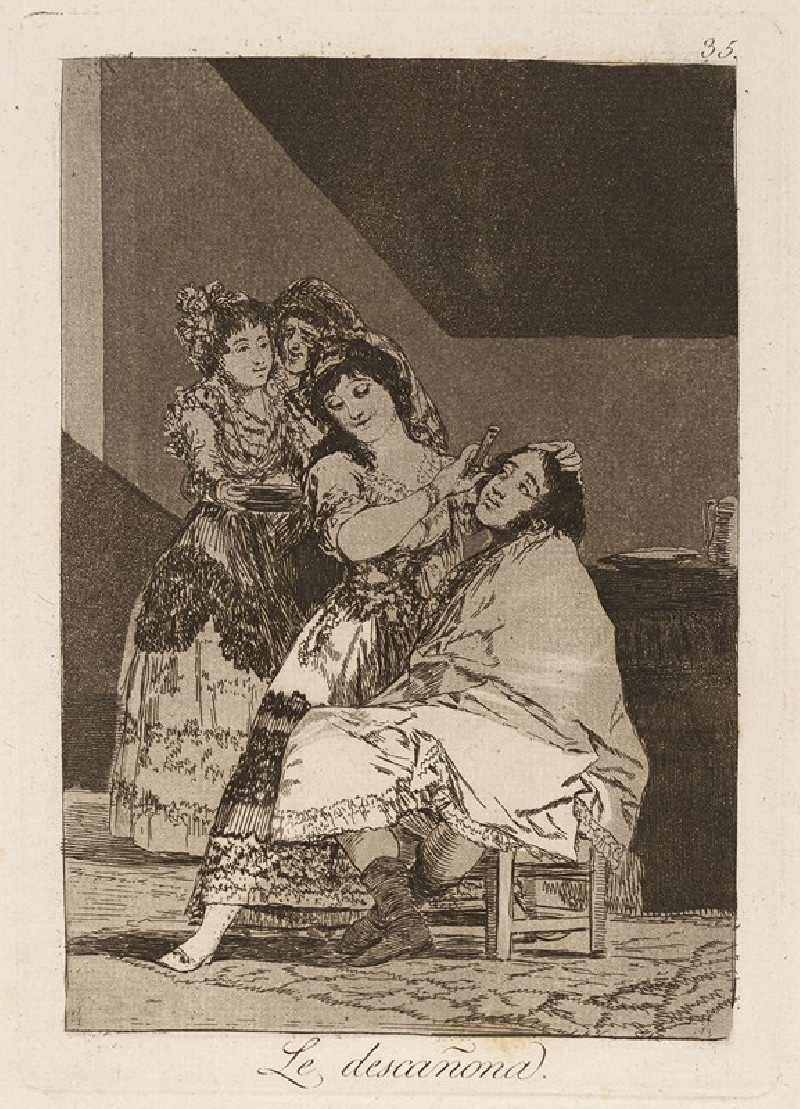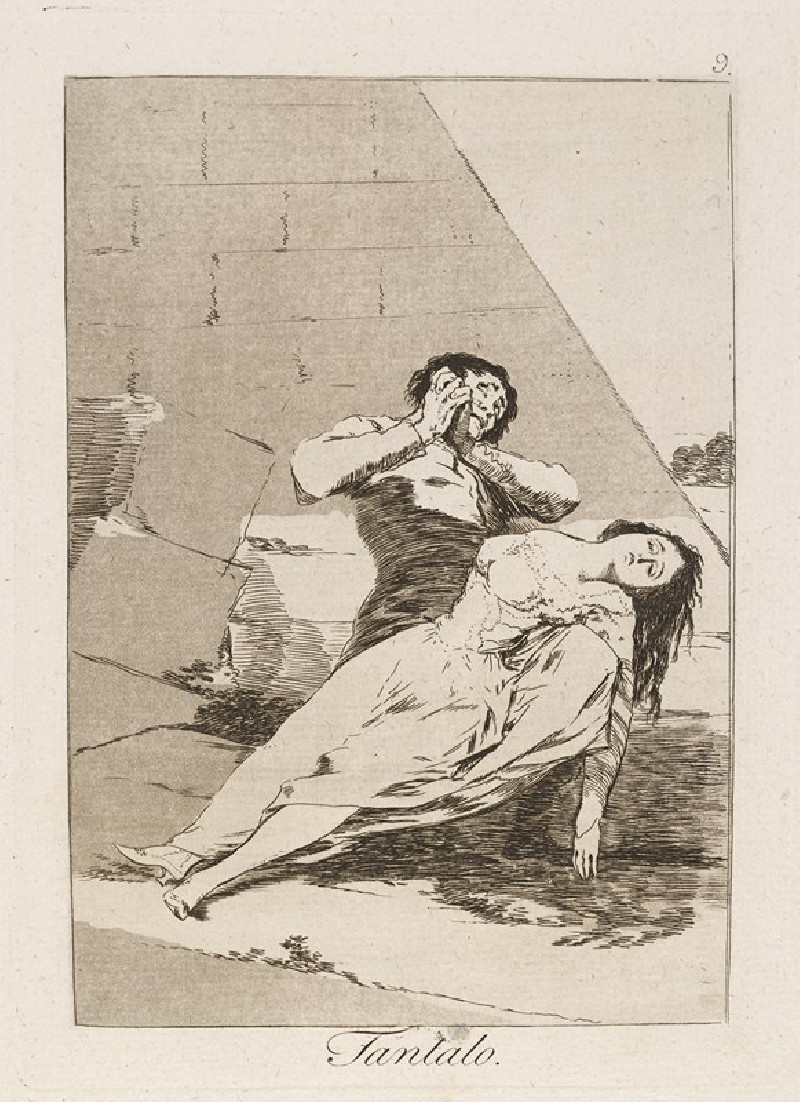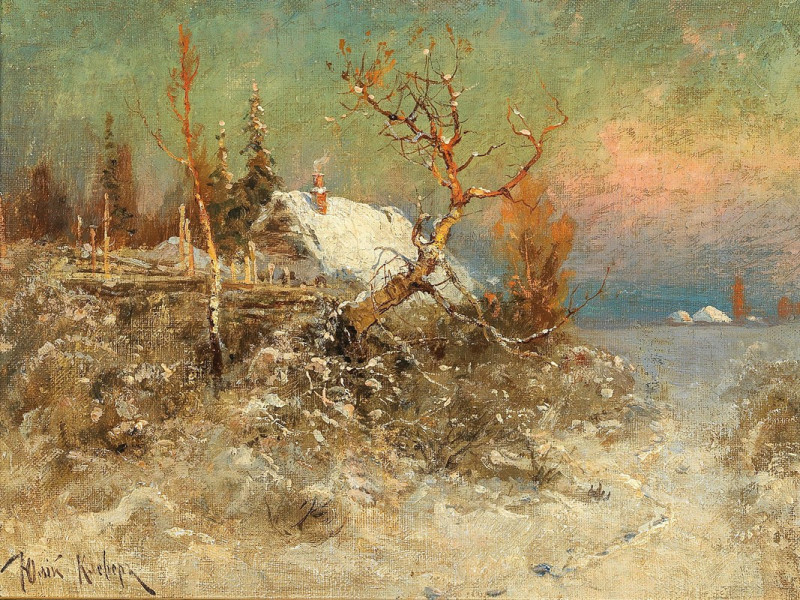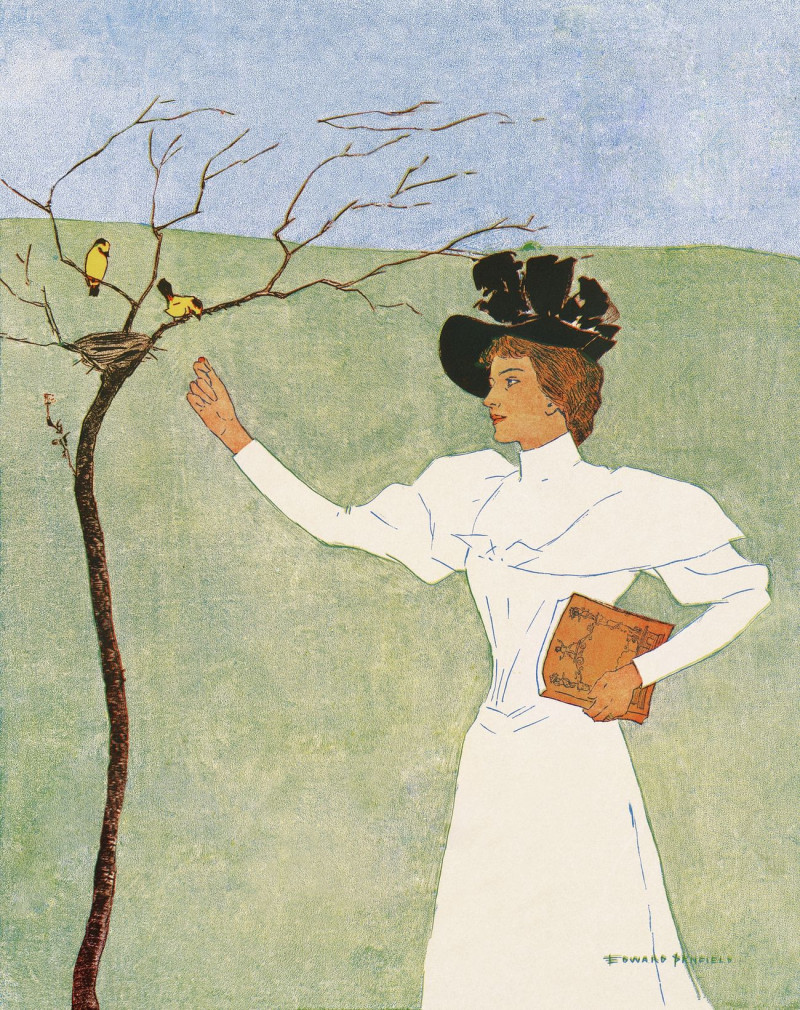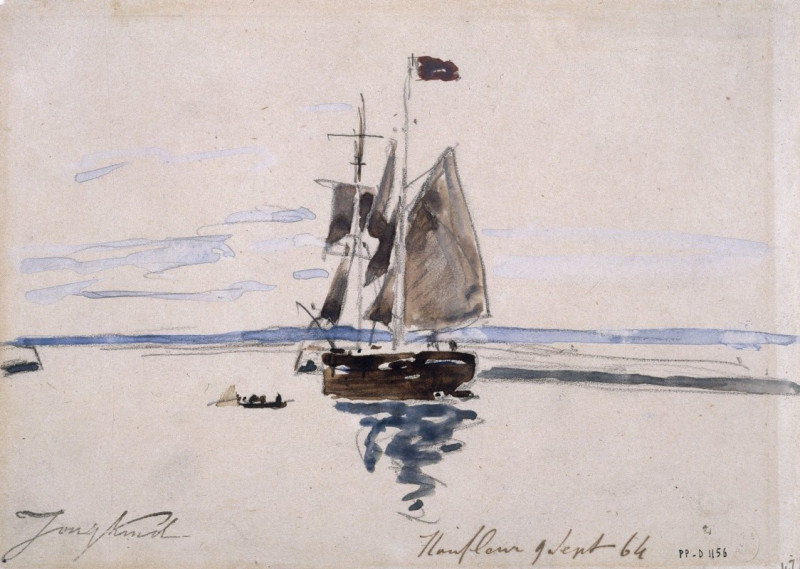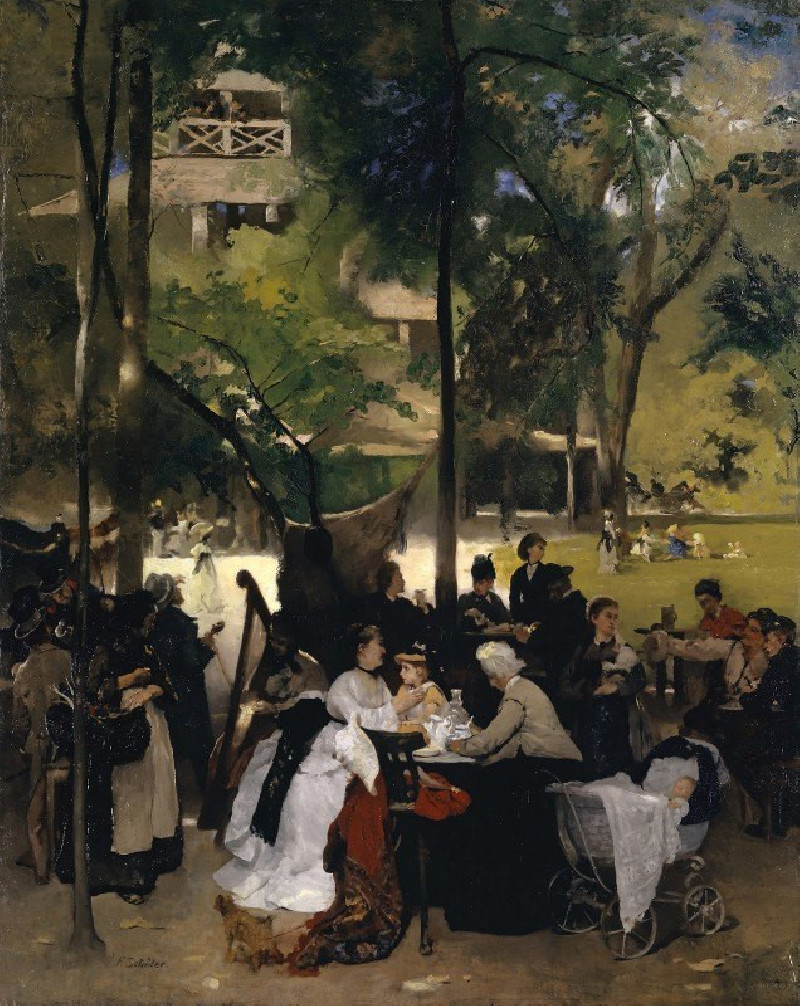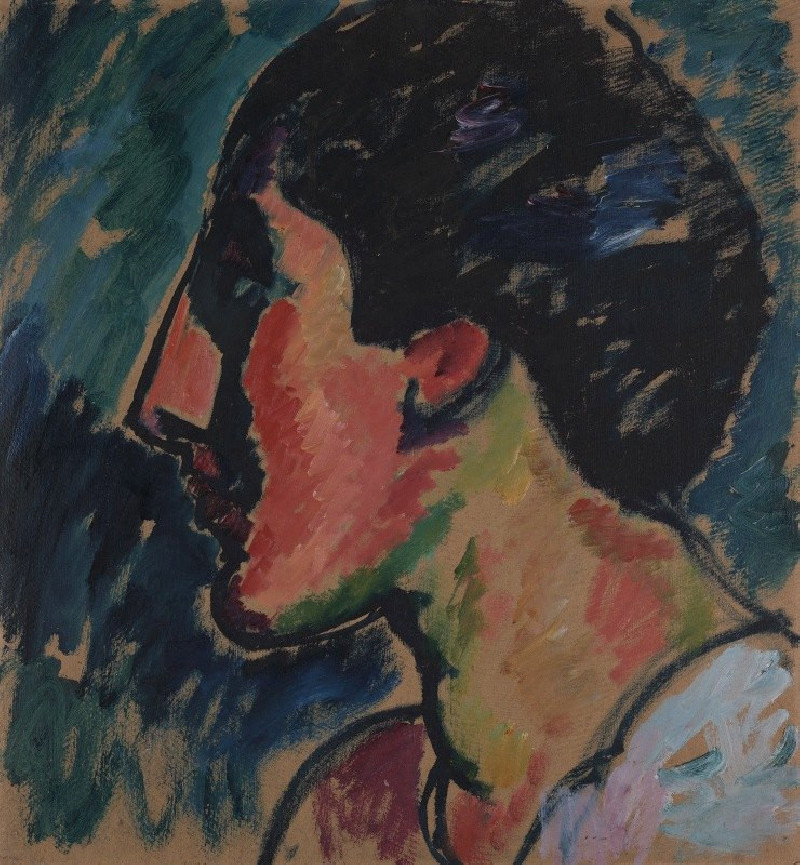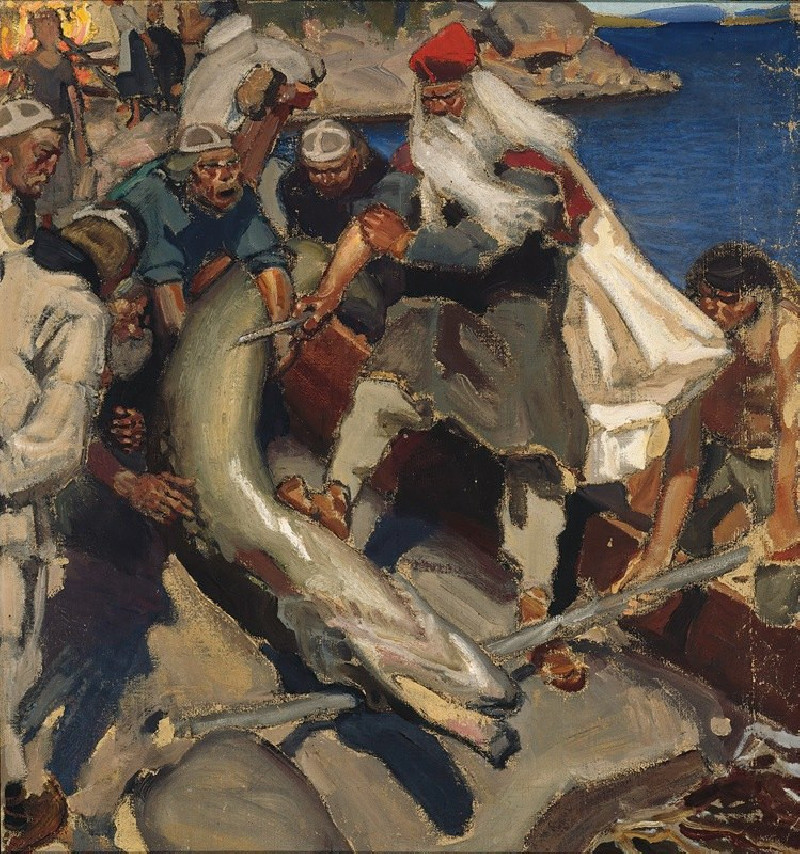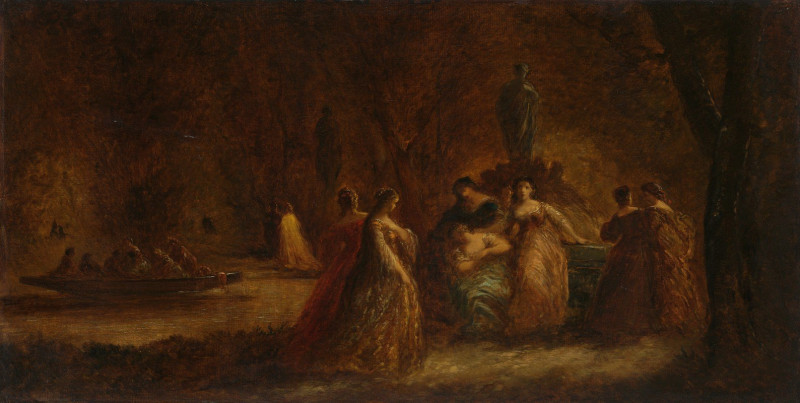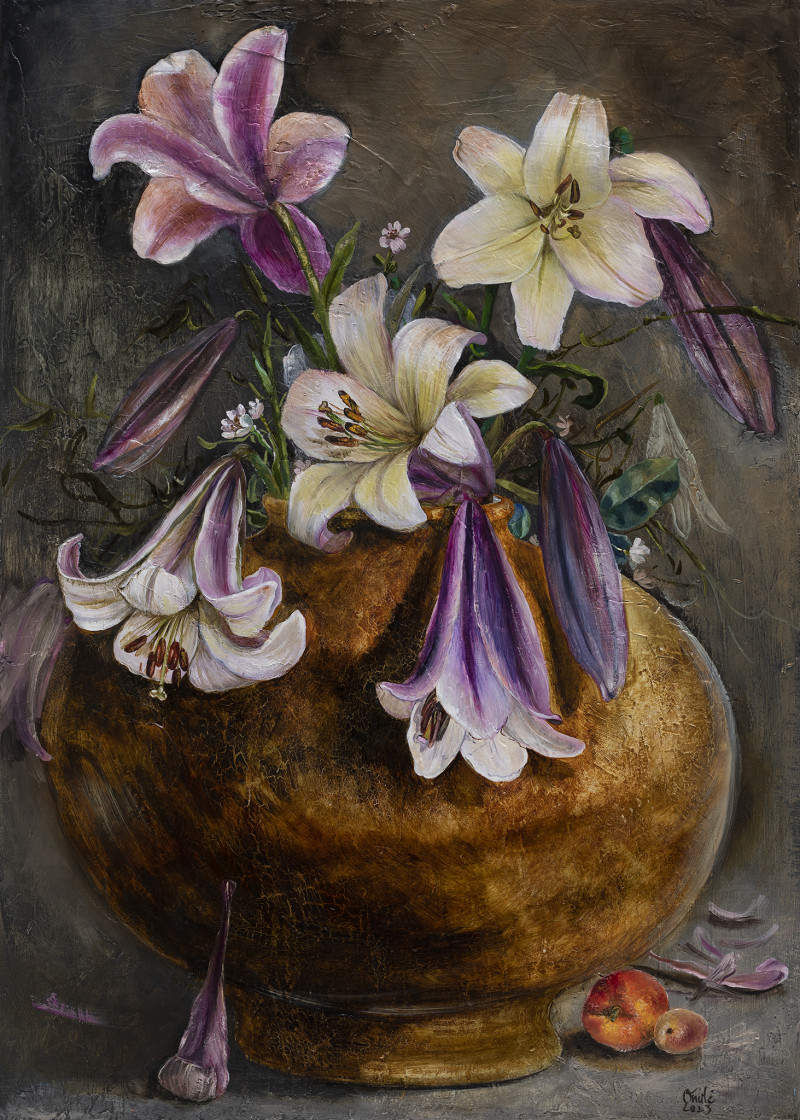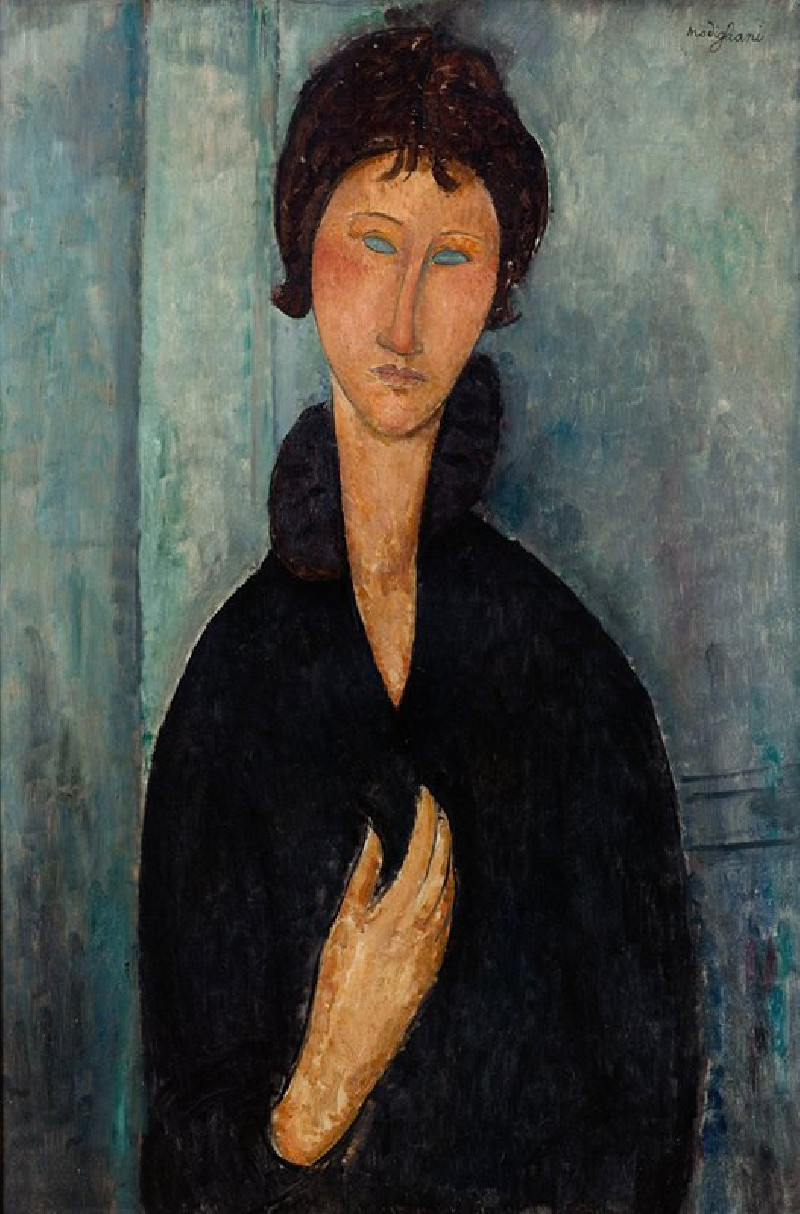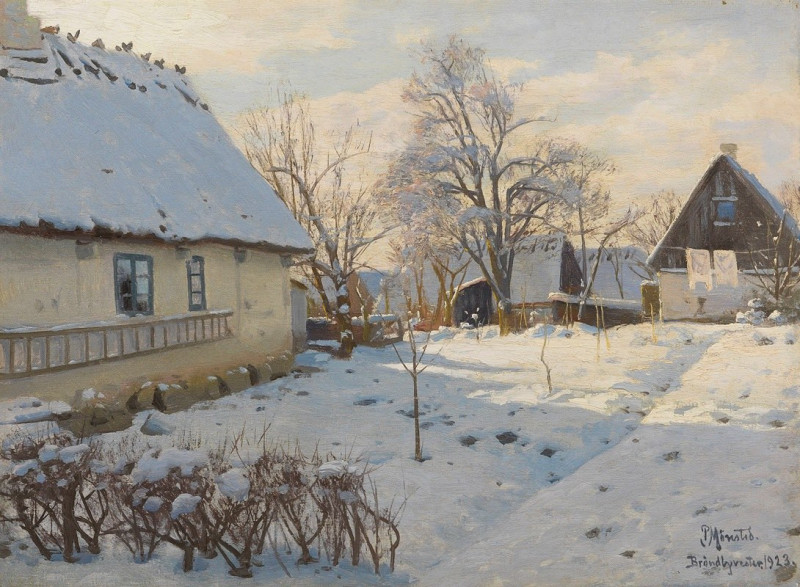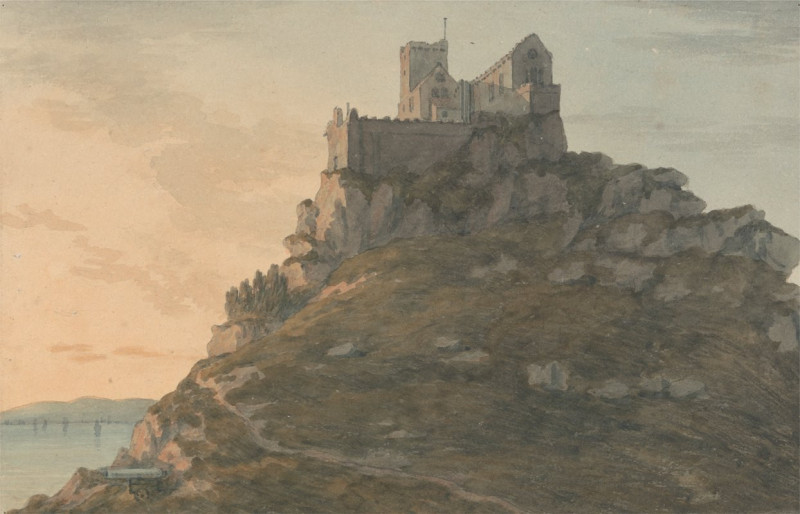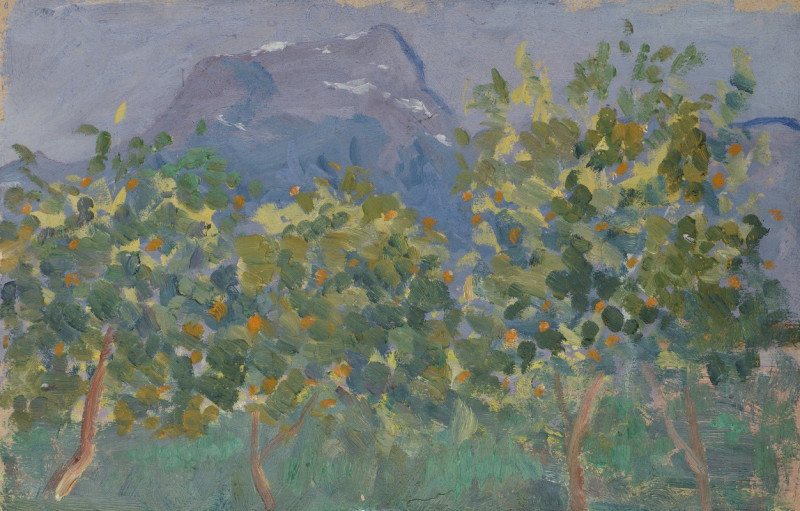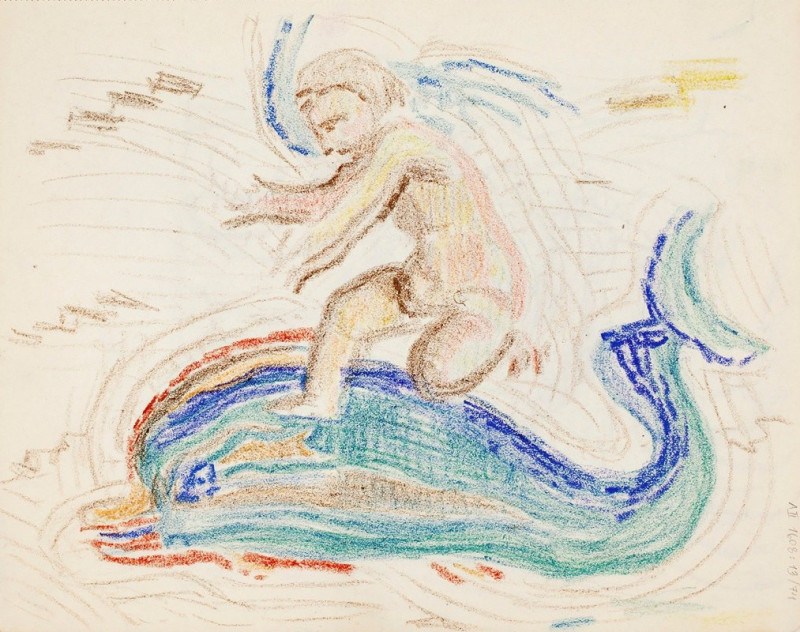La filiacion. (The filiation.) (1796-1797)
Technique: Giclée quality print
Recommended by our customers
More about this artwork
"La filiación" (1796-1797) is a captivating etching by the renowned Spanish artist Francisco de Goya. This work is part of Goya's acclaimed series of prints known as "Los Caprichos," which exposes the follies and vices of Spanish society during his time. The title of this piece, "La filiación," translates to "The Filiation," hinting at themes of inheritance and lineage, which are central to the narrative depicted.The etching showcases a dynamic and somewhat humorous scene where several figures gather around a central character, a well-dressed woman, who looks uncomfortably at a young child held in her lap. The woman's expression, along with the attentive cluster of individuals around her, suggests a moment of significant social or familial declaration, possibly concerning the child’s parentage or status. A priest or official figure, evident by his clerical garb and serious demeanor, leans in closely, holding a document which likely pertains to the legitimacy or inheritance rights of the child.This piece mirrors Goya's critical eye and his ability to critique societal norms through his art. The grouping of characters and their varied expressions suggest a commentary on the importance placed on lineage and the sometimes absurd lengths society will go to establish and confirm familial connections.
Delivery
Returns
Francisco José de Goya y Lucientes (30 March 1746 – 16 April 1828) was a Spanish romantic painter and printmaker. He is considered the most important Spanish artist of the late 18th and early 19th centuries. His paintings, drawings, and engravings reflected contemporary historical upheavals and influenced important 19th- and 20th-century painters. Goya is often referred to as the last of the Old Masters and the first of the moderns.

